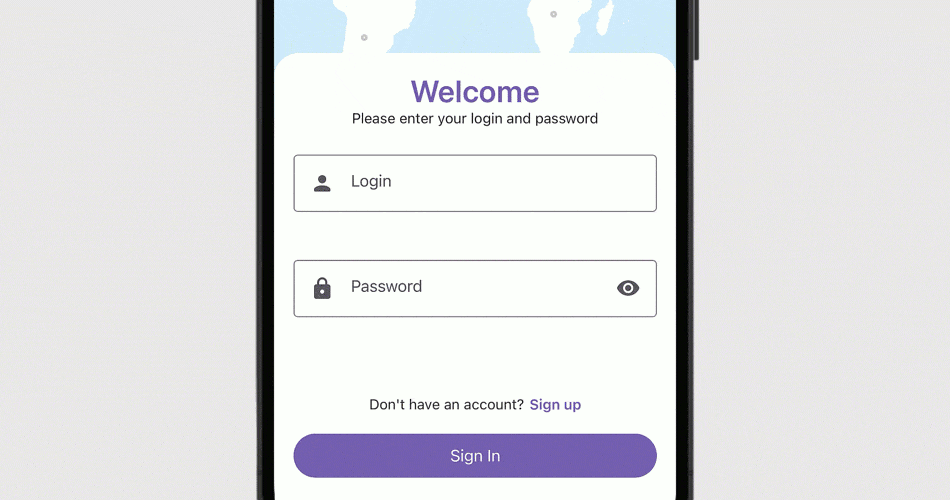Role-based Access Control (RBAC) & Permission Management
- 2 minutes to read

This example is based on the basic Authentication scenario and shows how to use our free .NET App Security & Web API Service to authorize CRUD and custom operations in your .NET MAUI application. To do this, we use role-based access control (RBAC) permissions linked to different user roles.
Related Controls: DXButton, TextEdit, PasswordEdit
Related APIs: FREE .NET App Security & Web API Service, PasswordEdit.StartIcon, TextEdit.StartIcon
Available users:
| Username | Password | Role | Permissions |
|---|---|---|---|
| Alex | “123” | Admin | Create, Read, Update, Delete |
| Anthony | “123” | Admin | Create, Read, Update, Delete |
| Dennis | “123” | Admin | Create, Read, Update, Delete |
| Viewer | Empty | Viewer | Read |
Prerequisites
SQL Server, if you run this solution on Windows.
Anatomy
The solution contains the following projects:
- Web API Service
We ran XAF’s Solution Wizard to generate a Web API Service that manages users. You can use this service to check whether a user exists in the database and their permissions.
The service contains the following endpoints:
Authenticate - accepts a username and a password as parameters. If a user’s password matches its hashed entry in the database, the Web API Service sends an authorization token to the client. The .NET MAUI Application can use it to call protected endpoints (request data).
Delete blog post - deletes a blog post if the user has the
Adminrole.- .NET MAUI Application
- Implements the client app’s logic and UI (Login and Welcome pages). Uses the HttpClient class to communicate with the Web API Service.
The following diagram illustrates the scenario’s architecture:

Implementation Details
Refer to the following GitHub example for implementation details:
Previous Step
Form-Based Authentication (Login/Password) with the DevExpress Web API Service
See Also
The following example uses our free Web API Service to implement auto-generated OData endpoints/custom endpoints, authentication, and access permissions: How to Create a Web API Service Backend for a .NET MAUI Application
The example also downloads files and integrate DevExpress Reports with our Web API Service.